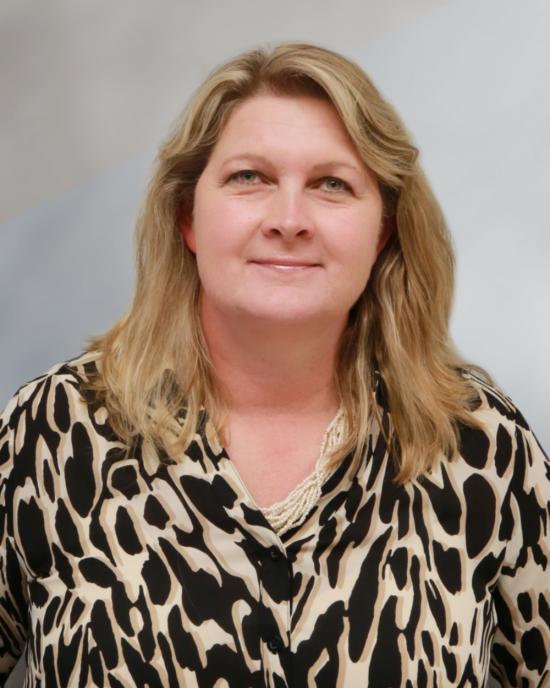|
More than 100 District residents suited up in hardhats and reflective vests Saturday, grabbed a flashlight and headed down 100 feet to the entrance of a massive underground tunnel. The Northeast Boundary Tunnel is the last segment in DC Water’s underground storage and conveyance system that is helping clean the Anacostia River. Once finished in 2023, it will connect the rest of the tunnel segments to complete the 13.1-mile Anacostia River Tunnel.
“This was amazing,” exclaimed, Megan, a District resident, upon reemerging. “I am excited to share this experience with friends so that people understand (the project’s) lasting impact.” Most tour-goers expressed similar emotions after seeing the tunnel and the giant tunnel boring machine up close.
In an effort to connect with residents, DC Water hosts these community days to explain the project, its benefits, and also its disruptions. “We realize the inconveniences that come with a project this expansive,” said Carlton Ray, Director of the Clean Rivers Project. “We want to work with the community. For instance, we find alternative parking or offer rideshare services when parking is compromised, we offer more security patrols and we work with business owners to promote their businesses if construction has rerouted their normal foot traffic.”
This tunnel system is part of the larger Clean Rivers Project that will significantly reduce combined sewer overflows to all three District waterways. Overflows occur during rain events when the combined runoff and sewage exceed the capacity of the sewer system. The combined sewer system directs the excess to the nearest water body—while not ideal, that is preferable to sewage backing up in basements.
“The tunnel system is already cleaning up the Anacostia River,” said David L. Gadis, DC Water CEO and General Manager. “About half of it is operational and since opening in March 2018, 6.3 billion gallons of sewage and 2,500 tons of trash that would have otherwise ended up in the river were captured and treated. The result is a healthier river with improved water quality that is fostering the return of wildlife and marine life, such as the egret. It is also spurring a wave of waterfront development—promoting living, dining and recreation options on the banks of the Anacostia.”
Ray said, “Adding the Northeast Boundary Tunnel will capture even more combined sewage and trash but will also reduce flooding and back-ups in Bloomingdale and LeDroit Park, and other neighborhoods along Northeast Rhode Island Avenue-- a problem that dates back to the 1800s and is due to undersized sewers in those neighborhoods.” Ray also added appreciation for the joint venture Salini Impregilo Lane Healy for their dedication and hard work.
Events like today’s tours also help residents understand the scale of the project and why the Clean Rivers Impervious Area Charge was added to water and sewer bills. Said one visitor to the site, Jacquelyn Vest, “I did not know what to expect and am leaving so impressed with the magnitude of the project, and the dedication and pride of those we met. I now understand why my bill increases for these improvements.”
Expanded customer assistance programs are available to help with the increased water bills. Customers are encouraged to apply through DOEE. More information can be found at dcwater.com/customer-assistance or call 311.
For more information about the Northeast Boundary Tunnel, please visit dcwater.com/nebp
For more information about the Clean Rivers Project, please visit dcwater.com/cleanrivers
For help paying water bills, please visit dcwater.com/customer-assistance or call 311
|



